We like to pretend grief is exclusive to the human experience—that mourning, remembrance, and emotional pain belong only to us. But the more scientists observe animal behavior, the more that illusion shatters. From elephants standing vigil over their dead to dolphins refusing to leave a body behind, grief in the wild is raw, visible, and strikingly familiar. These creatures don’t just move on—they linger, they mourn, and sometimes, they break down.
1. Elephants Hold Vigils Over The Dead
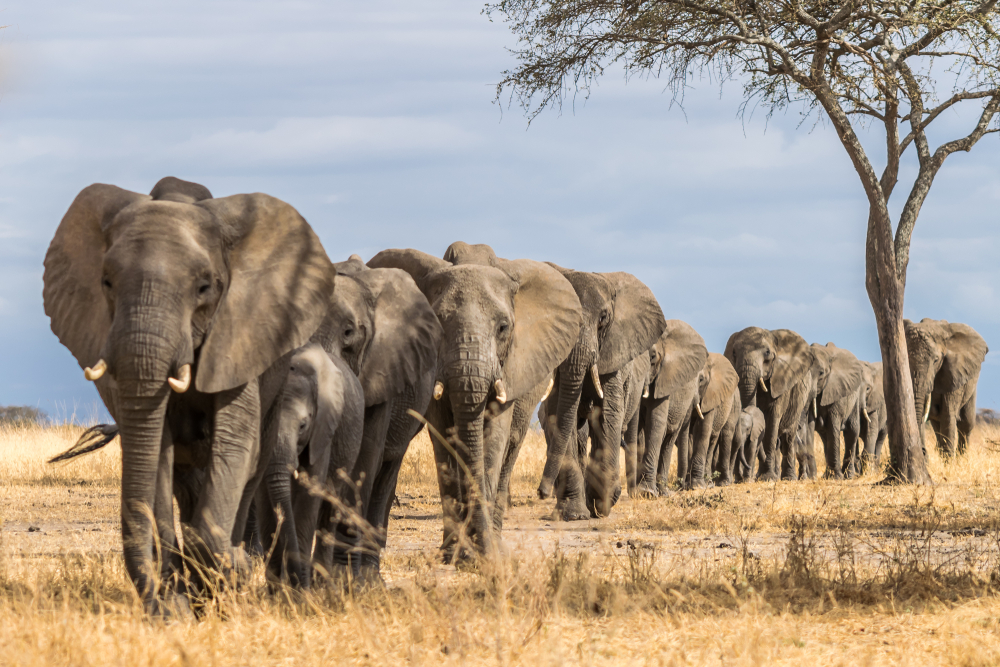
Elephants have long been known for their emotional intelligence, but their grieving rituals are in a category of their own. When a member of the herd dies, elephants often gather silently around the body, touching it gently with their trunks. They stay for hours, sometimes days, guarding the body from scavengers and showing signs of distress. According to PBS, elephants even return to the site of death, caressing bones years later in what appears to be a deep act of remembrance.
They don’t just grieve their own species, either—they’ve been seen investigating human remains or bones with the same somber attention. Young elephants mimic this behavior too, suggesting grief is learned, shared, and ritualized. Some have even been observed trying to lift the body, as if trying to wake the dead. It’s not just instinct; it’s emotion layered with memory.
2. Orcas Carry Their Dead Calves For Weeks
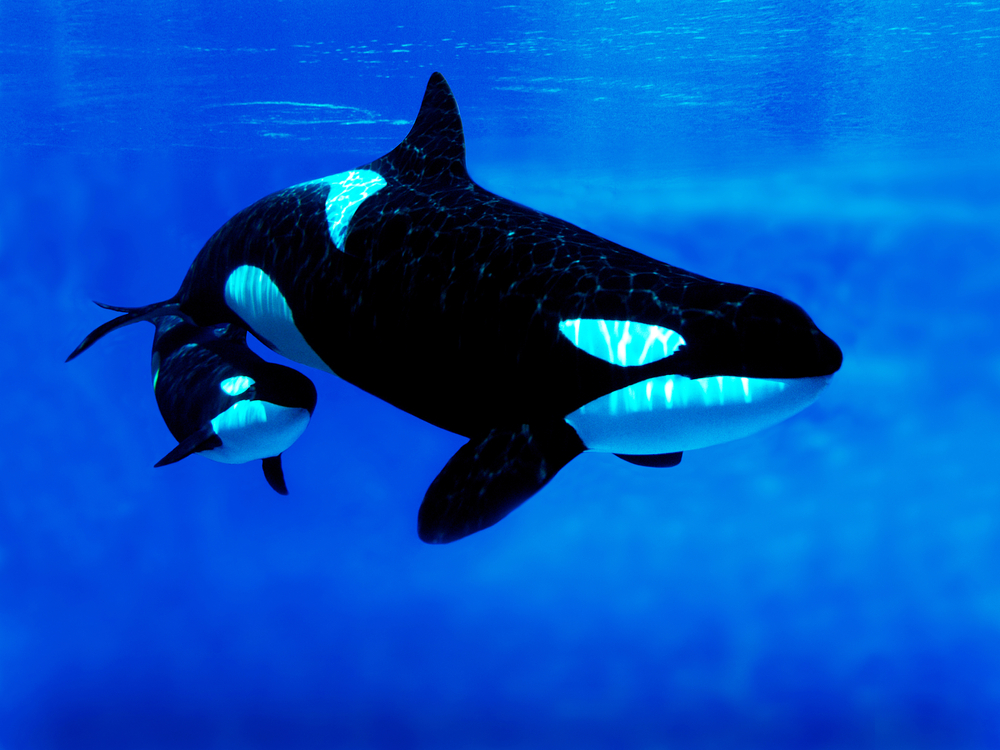
When an orca calf dies, the mother doesn’t immediately let go—sometimes, she refuses to let go for weeks. In one heartbreaking case, a mother orca named Tahlequah pushed her dead calf through the Pacific for 17 days straight, covering over 1,000 miles. According to National Geographic, she became a global symbol of animal grief, carrying her baby as it slowly decomposed in the water. Scientists were stunned—not just by the behavior, but by the sheer duration of her mourning.
Other orcas have displayed similar patterns, and it’s not limited to mothers—entire pods have slowed down to stay near a deceased calf. They circle the body, vocalize mournfully, and sometimes even sink into long periods of silence. This kind of mourning echoes the human impulse to hold onto what’s lost, even when logic says to let go. It’s attachment in its most vulnerable form.
3. Dolphins Refuse To Leave Dead Companions
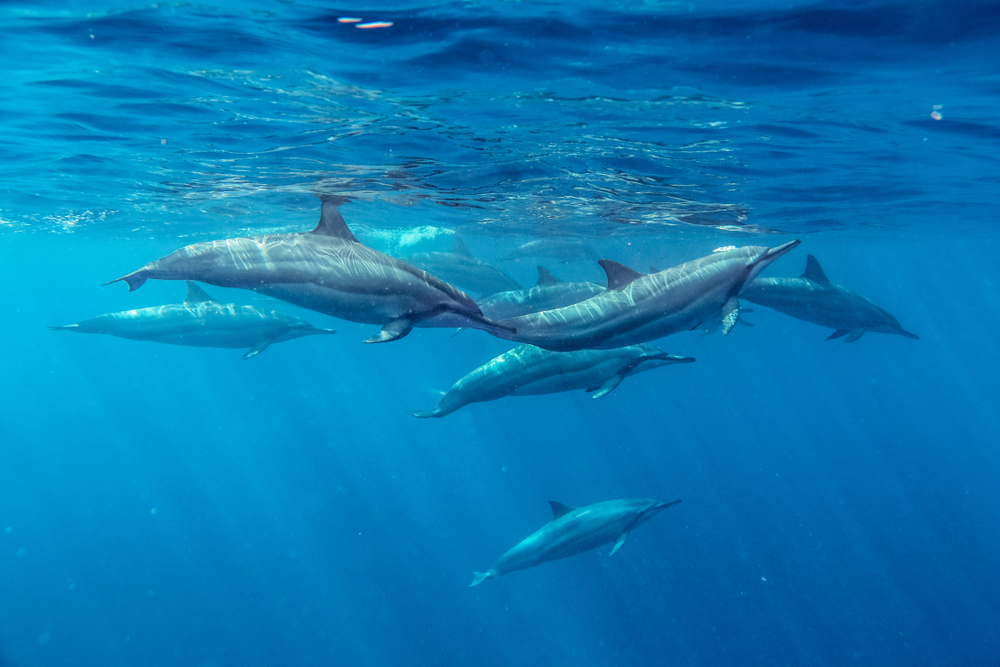
Dolphins, another brainy, social species, are known to display deep bonds—and deep grief. When a dolphin dies, especially a calf, the mother or a close relative will often remain with the body for days, keeping it afloat and attempting to revive it. As highlighted by Science, there have been multiple incidents of dolphins carrying or guarding dead peers, sometimes even after decomposition had started. It’s a desperate, heartbreaking refusal to let go.
Pods have also been observed gathering around the dead, vocalizing and swimming slowly, as though attending an underwater funeral. There’s a kind of ritual in their movements, a communal sadness that can’t be explained by instinct alone. Like humans, they seem to need to witness the loss to process it. And like humans, they sometimes can’t bear to say goodbye.
4. Chimpanzees Mourn With Physical Closeness
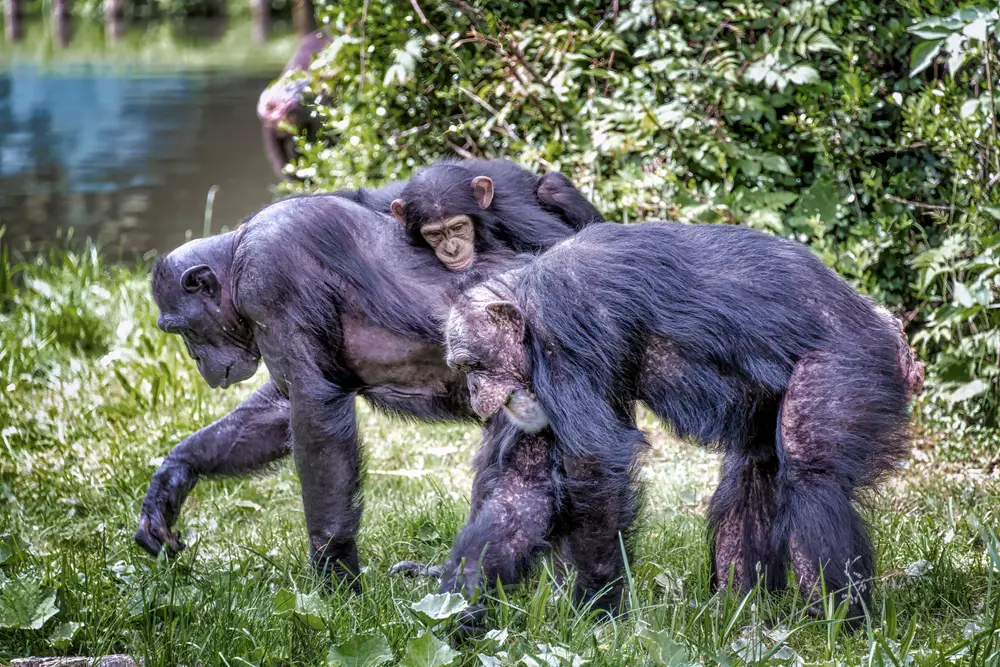
Chimpanzees are unnervingly similar to us, and when one dies, the grief is unmistakable. Mothers have been known to carry their dead infants for days, even when the body is clearly lifeless. Other members of the group touch and groom the body, sitting nearby in apparent mourning. They don’t simply move on—they dwell, they observe, they ache.
Some chimpanzees become listless after the loss of a close companion, losing their appetite or withdrawing socially. In certain cases, they’ve even refused to leave the corpse behind. Researchers have seen them return to the death site and sit for long periods in silence. The pain they show isn’t performative—it’s personal.
5. Magpies Bring Grass And Twigs To Their Dead
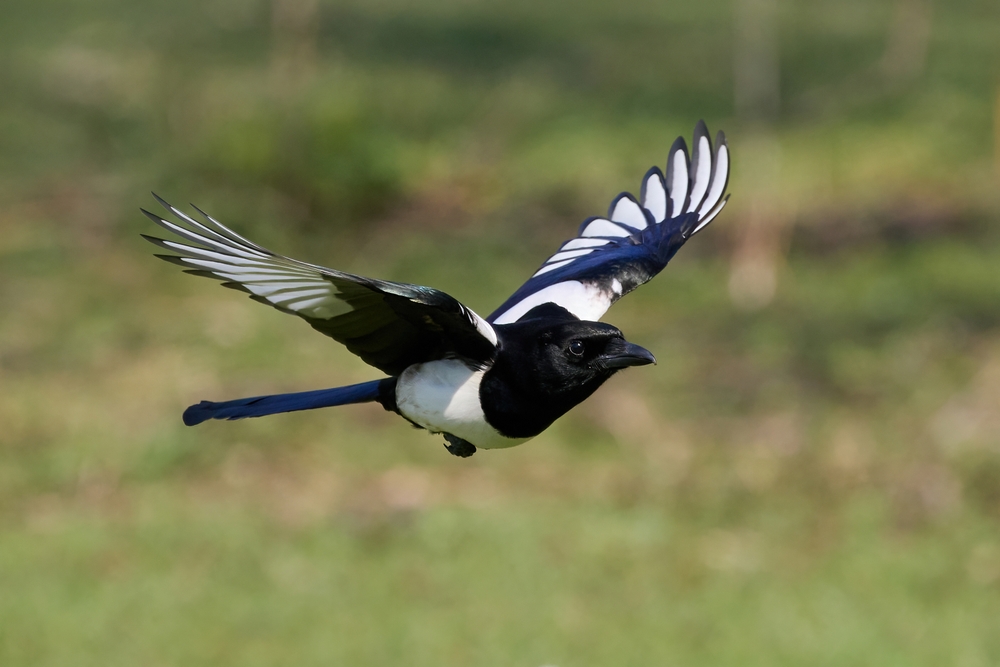
Grief isn’t reserved for mammals. Magpies—part of the highly intelligent corvid family—have been observed standing quietly around dead companions, sometimes even nudging them as if to wake them. In several documented cases, they bring grass or twigs and lay them beside the body, as if creating a burial ritual. The behavior is eerily similar to how humans leave flowers or tokens at a grave.
These acts aren’t fleeting, either. Magpies have been seen returning to the same spot days later. Their body language changes—they appear slower, quieter, less playful. For birds often associated with mischief and chatter, the shift is striking.
6. Giraffes Linger Over Their Dead Young

Giraffes may seem aloof, but mothers show unmistakable signs of mourning when a calf dies. They stay near the body for hours, sometimes days, nudging it and licking it in vain. Even after leaving, they often return to the site, circling slowly and peering at the ground. It’s a quiet, haunting expression of maternal grief.
Other giraffes in the herd will sometimes do the same, as if participating in a kind of mourning ritual. They may stop to sniff the body or stand still in proximity, uncharacteristically still. This lingering behavior defies the typical survival instinct to move on quickly. It suggests something deeper than instinct: recognition, loss, sorrow.
7. Crows Hold Silent Gatherings Around The Dead

Crows are famous for their intelligence, and they also seem to have a concept of death. When a crow dies, others will gather around the body—sometimes dozens—and sit silently for minutes at a time. It’s called a “crow funeral,” and while some scientists think it’s a warning behavior, others see signs of mourning. The silence, the gathering, the non-aggressive tone—it all feels remarkably ceremonial.
Some crows will even return to the spot where one died, investigating or sitting quietly nearby. They avoid loud calls or typical social behaviors during this time. In some cases, they’ve been seen placing small objects next to the body. It’s a strange, elegant ritual that mirrors human grief in eerie ways.
8. Baboons Show Signs Of Depression After A Loss
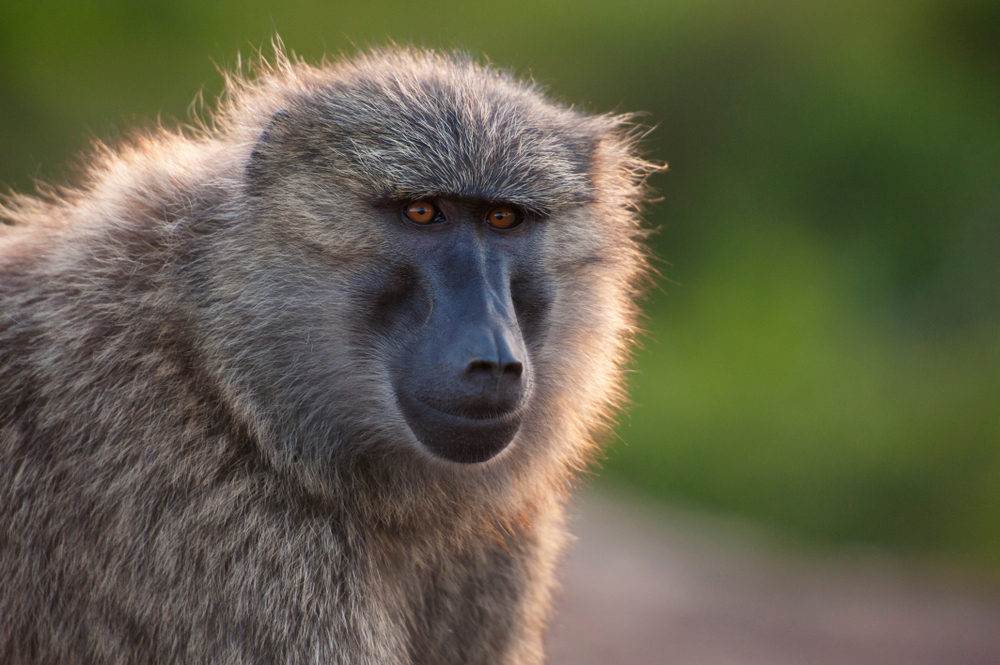
When a baboon loses a close relative or friend, their behavior shifts noticeably. They often isolate themselves, stop grooming, and show symptoms akin to human depression. In one study, a baboon mother carried her dead infant for days, refusing to eat and visibly declining in energy. Her mourning was physical, emotional, and deeply disruptive.
Others in the troop responded to her behavior, giving her space or showing signs of concern. Once the body was gone, the mother remained distant for weeks. This kind of prolonged grief shows how complex baboon emotions really are. It’s not a momentary blip—it’s a process.
9. Sea Lions Wail Over Their Dead Pups
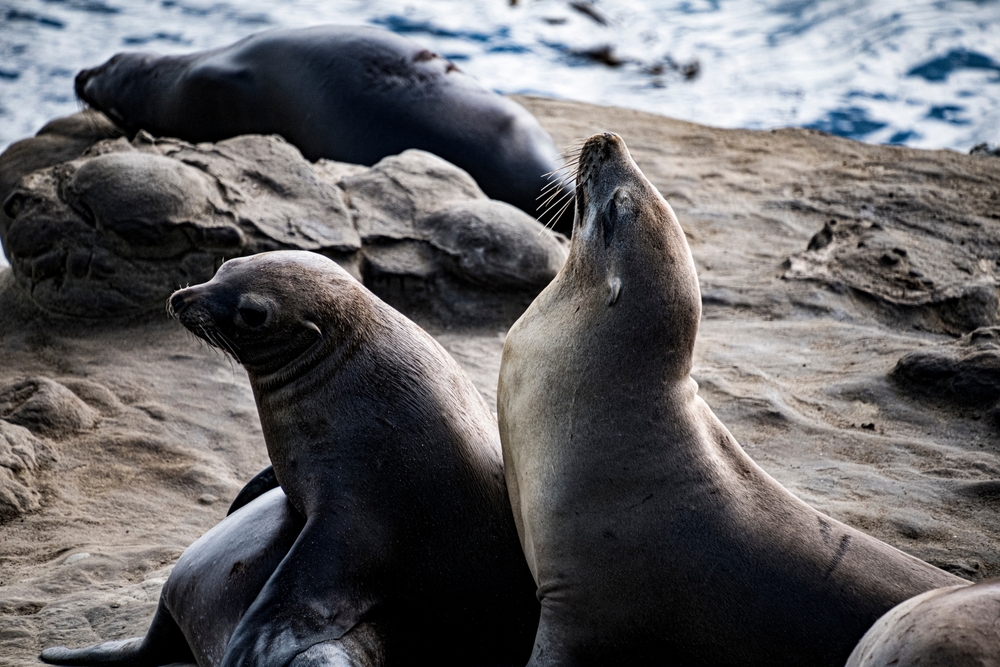
Sea lions are social animals, and mothers form strong bonds with their pups. When a pup dies, the mother often remains with the body, crying out with long, low-pitched wails that researchers interpret as distress calls. She may nudge or rock the body with her nose, attempting to wake it. The cries are gut-wrenching—raw, sustained, and unmistakably emotional.
Other sea lions may gather around the grieving mother, staying close in a rare show of support. Some have been seen refusing to return to the sea, lingering onshore near the body. The depth of their sorrow is visible and vocal. It’s grief made audible.
10. Cats Mourn Their Companions In Private Ways
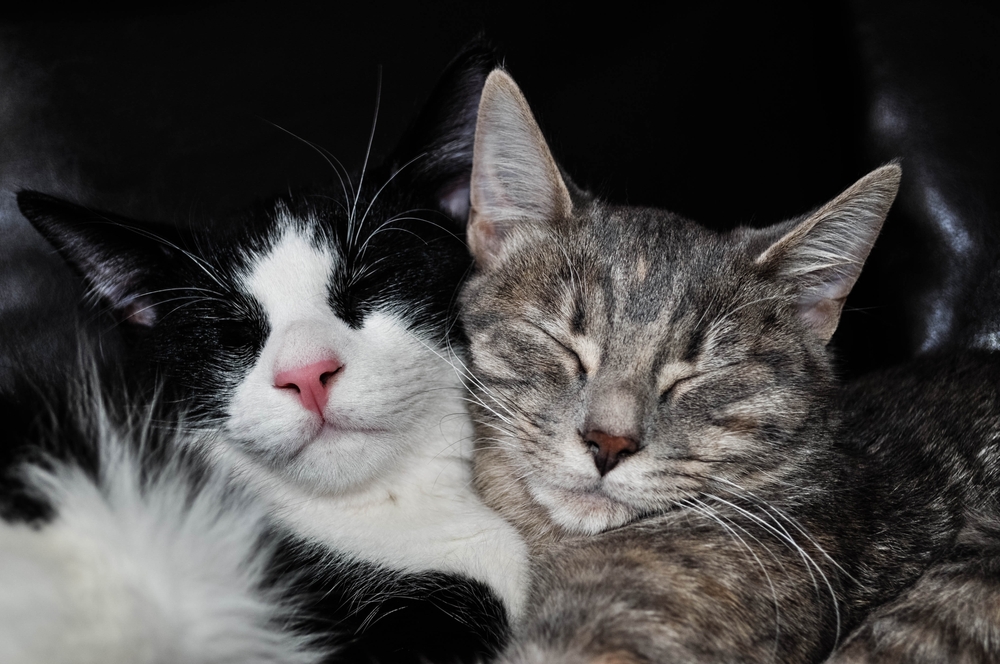
Cats might not seem emotionally demonstrative, but they do grieve. When a bonded cat companion dies, the surviving cat may search for them, meow excessively, or stop eating altogether. They often sleep in the deceased cat’s favorite spot or carry around their toys. It’s subtle, but it’s mourning.
Veterinarians have noted that grief in cats can manifest as physical illness, especially if they were tightly bonded. Some cats become anxious or clingy after a loss, while others retreat into isolation. They may not hold funerals, but the sorrow is real. It just looks different.
11. Horses Form Emotional Bonds That Don’t Just End
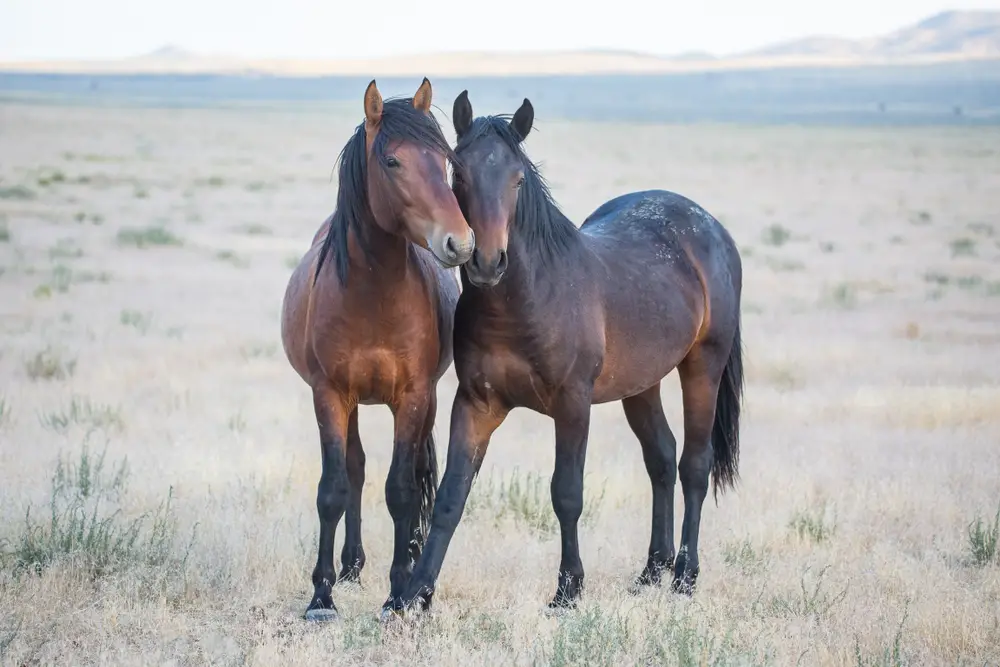
Horses are deeply social creatures with strong herd instincts, and they don’t easily forget. When a stablemate dies, surviving horses often become agitated, pacing or refusing food. Some even call out for the lost companion, standing at the fence as if waiting for them to return. The absence seems to haunt them.
Handlers have noted that letting a horse see the body can help them process the loss. Otherwise, they may search and panic for days. In cases where they do see the body, some horses nuzzle or stand quietly beside it for hours. It’s their version of closure.
12. Wolves Lament Pack Losses Loudly

Wolves depend on their pack, and when one dies, the loss is palpable. Survivors may howl for hours, especially at the place where the death occurred. These howls are different—longer, lower, more mournful than their usual calls. It’s communication wrapped in emotion.
Wolves have been seen lying beside dead pack members, refusing to leave them behind. They sniff, lick, and guard the body as if protecting it from insult. The intensity of their bond doesn’t stop at death. It lingers in sound, in ritual, in place.
13. Bonobos Exhibit Tenderness Toward The Dead

Bonobos, our closest living relatives alongside chimps, react to death in powerfully emotional ways. They often gather around a dead individual, gently touching or grooming the body. Mothers carry dead infants for days, even weeks, before finally letting go. It’s not denial—it’s love refusing to fade.
Bonobos also display signs of stress and reduced playfulness in the days following a death. They become subdued, seeking out comfort from others in the group. Their grieving process, like ours, involves physical closeness, silence, and time. It’s sorrow made visible.
14. Flamingos Stay With Their Dead Chick For Hours
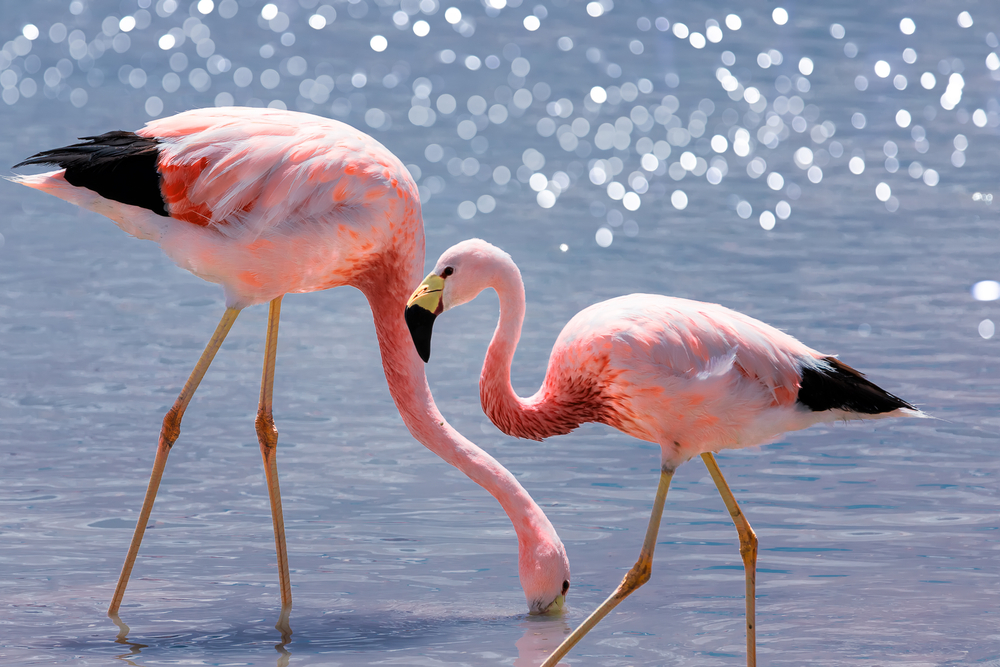
In colonies where flamingos breed and nest closely together, researchers have seen parents linger after a chick has died. One parent might stand over the body for hours, occasionally nudging it or trying to feed it. The partner may stay nearby, unusually still. It’s an eerie and touching tableau.
Once they do leave, they often don’t immediately integrate back into the flock. Some isolate for days, showing minimal interaction with others. The change in behavior is unmistakable. Even birds known for their flamboyance can carry quiet grief.
15. Gorillas Sit In Silence After A Loss

Gorillas are deeply emotional beings, and when one dies, the whole group feels it. They’ve been observed sitting silently near the body, not eating, not moving—just being present. Mothers hold onto dead infants, grooming them gently and refusing to set them down. Others hover nearby, subdued and watchful.
In some cases, young gorillas have tried to wake the dead, touching and shaking them with clear urgency. Once it’s clear the individual is gone, the entire troop may remain in that space, quiet and still. It’s grief without words—but with profound weight. A sadness the body carries, even when the mind can’t understand.
